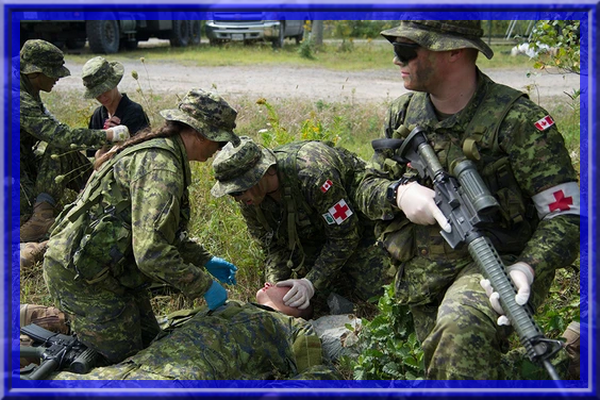
Neglected reserves highlight the dire state of our military
Budget cuts have meant reduced equipment and training and more sweeping of hangar floors. Is it any wonder recruitment is a problem?
Recent comments by the Minister of National Defence, Bill Blair, as well as several articles in the National Post and other media have highlighted the dire state of the Canadian Armed Forces. Not one of those comments or articles however has focused solely on the state of Canada’s reserves: the sailors, soldiers and air personnel who serve our country part-time, all while holding down civilian jobs. Things are especially grave in that sector.
To get a sense of what the Canadian reserves are, you must understand that they usually volunteer to don the uniform and serve part time all without legislative protection of their civilian jobs, usually on their own holidays or free time. They are paid for the hours they work and they must meet the same training standards as full-time (regular) military personnel. They may also volunteer for full-time employment, such as on international missions.
In the two world wars and Korea, our small regular, permanent cadre of service personnel were not those who primarily fought and won the victories for our country. It was those who enrolled, were trained and then jumped into the crucible of war — ordinary Canadian volunteers not unlike the reservists of today, workers from every occupation and region of our country. Today, our tiny regular forces would likely assume a similar training role for mobilized reservists in a major conflict.
Our permanent military is structured with some 67,000 regular force sailors, soldiers, air personnel and special forces positions, while the reserves should number 25,000 to 30,000 personnel. As Blair has stated, the entire CAF is down some 16,500 personnel, and likely more than half of those are reservist slots. Conceivably, reservist numbers should be greater than those of the permanent force, but that is another Canadian anomaly.
An army reserve unit is given a budget that is calculated on the members training 37 days a year. However, mandated training sessions such as information security, ethics, gender-based assessment and the use of fire-fighting equipment take more than 12 days off that total, leaving less than 25 days for actual military training. In addition, because of a lack of full-time personnel support in the reserve units, some of that training time is spent on administration, paperwork and form-filling.
![]()


